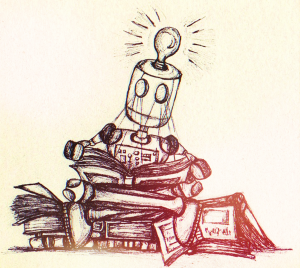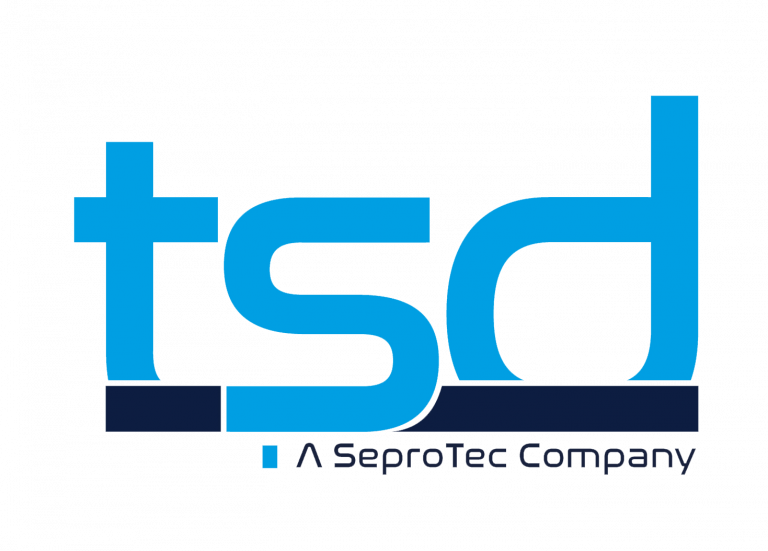Neural Machine Translation (NMT)
– Can a machine actually learn how to translate?
AI (artificial intelligence), self-learning machines, neural networks – all these topics are currently omnipresent in daily media. New, groundbreaking achievements are being reported on a daily basis – and slowly but surely they are becoming part of our everyday lives.
All these developments have a lasting impact on the translation and localization industry: in the past two years achievements have been accomplished, that had not been possible with the research of the previous two decades.
But what did ultimately lead to the breakthrough in the field of Machine Translations? The keyword certainly is Neural Machine Translation (NMT).
The systems based on neuronal networks are remotely comparable to the processes of neural networking within a human brain. The information entered is converted by an encoder/decoder mechanism into a numerical counterpart and transmitted into the target language via several so-called “hidden layers”, which are structured like neurons in the brain.
The arrangement in neural networks not only affects the way segments are transferred from the source language into the target language. NMT systems also have the ability to learn and it is this property that ultimately leads to the rapid advances in MT technology.
How exactly does a machine learn to translate?
 In general, the learning process of a machine is not too different from that of a human. It is associated with numerous failures and a kind of ” teacher ” who continuously evaluates and corrects the respective performance.
In general, the learning process of a machine is not too different from that of a human. It is associated with numerous failures and a kind of ” teacher ” who continuously evaluates and corrects the respective performance.
In the field of machine translation, the learning process basically starts with setting up a machine translation engine. Since MT systems are generally not programmed to determine relevant data independently, various data are imported manually into the “corpus” (the basis of an MT engine). Company-specific translation memories (TM), terminology, glossaries or other multilingual reference documents are particularly suitable for this purpose. Alternatively, prefabricated MT Engines can be customized.
Once the foundation has been laid, training of the MT Engine can begin. For this purpose, a considerable number of test runs with corresponding correction loops are started. During each test run, the quality of the results achieved is determined and the unsatisfactory segments are edited before they are run through another test using specific training materials. This process is repeated until the delivered results have reached a certain quality standard. In addition to the assessment of an experienced posteditior, quality is primarily based on three benchmarks: the Bleu Score, TAR Score and F-Measure.
If the MT Engine’s performance in all three metrics meets the desired threshold, it is ready to be productively integrated into the translation process.
However, the learning process of an MT Engine or NMT does not simply stop after the “training camp” is completed. Just like with a human being, learning goes on and on, because new information enters the system with every imported translation. In this way, a continuous improvement process is set in motion, which primarily affects the quality of the results.
Machine Translation at tsd
At tsd, we also rely on neural machines in the MT Engine we currently offer, which has been specially developed for our customers. We develop and train these machines according to specific customer requirements, in secure storage environments, with customer-specific content and terminology.
Do you have any questions about Machine Translation, are you interested in these services and would you like to receive specific advice from us? Then contact us at: tsd@tsd-int.com
